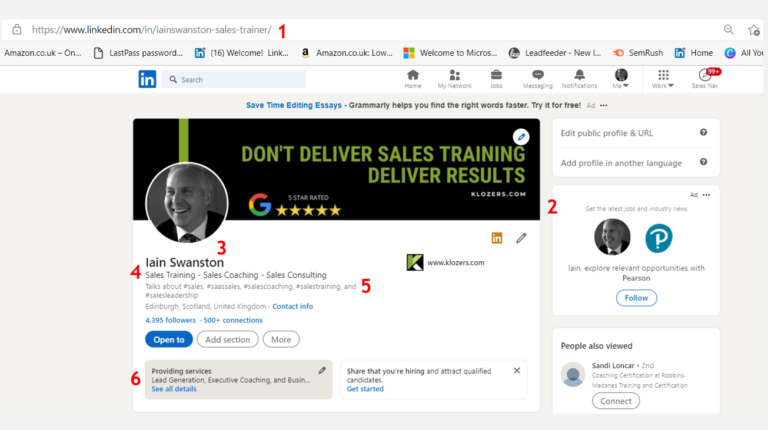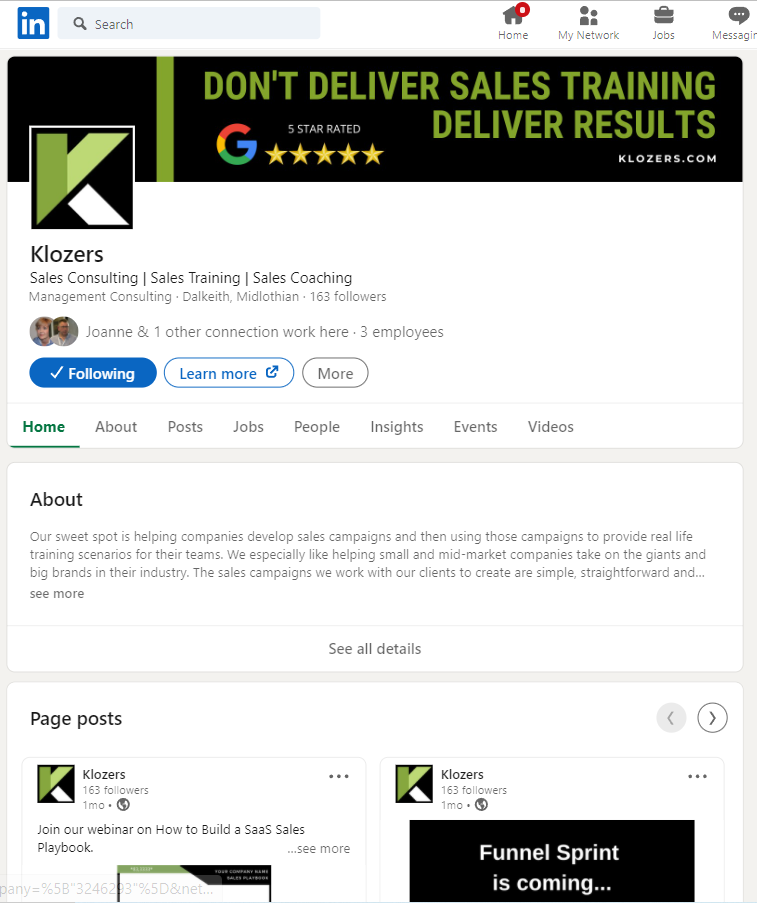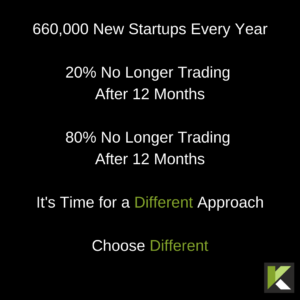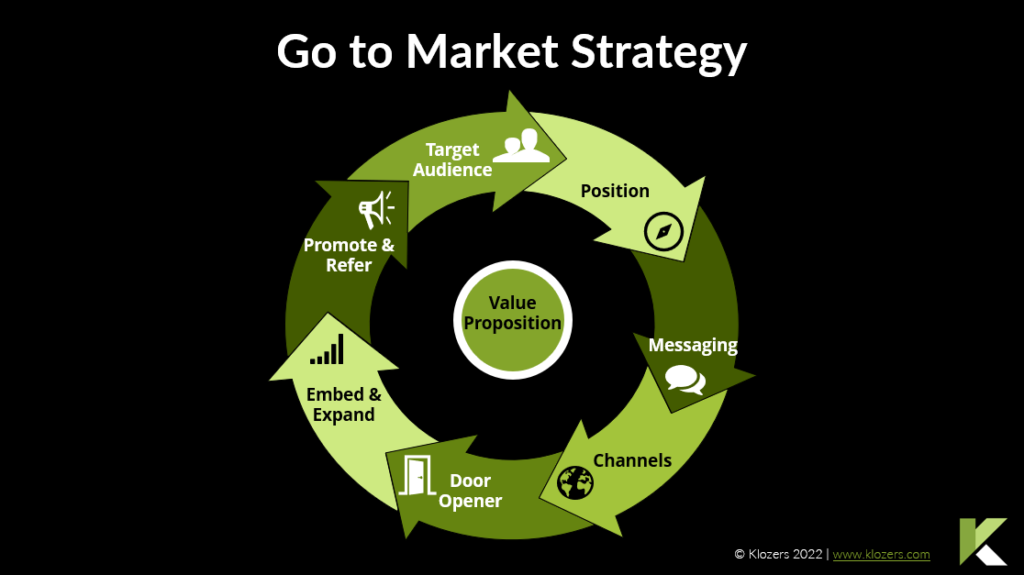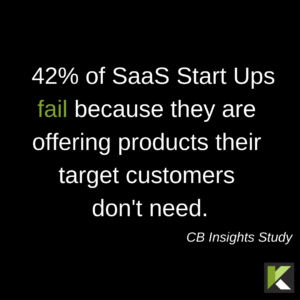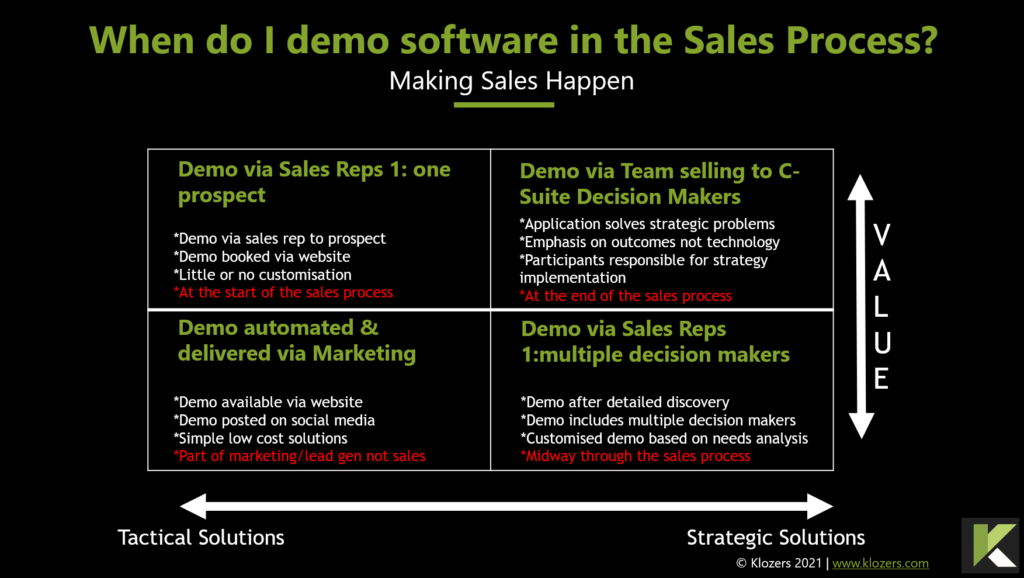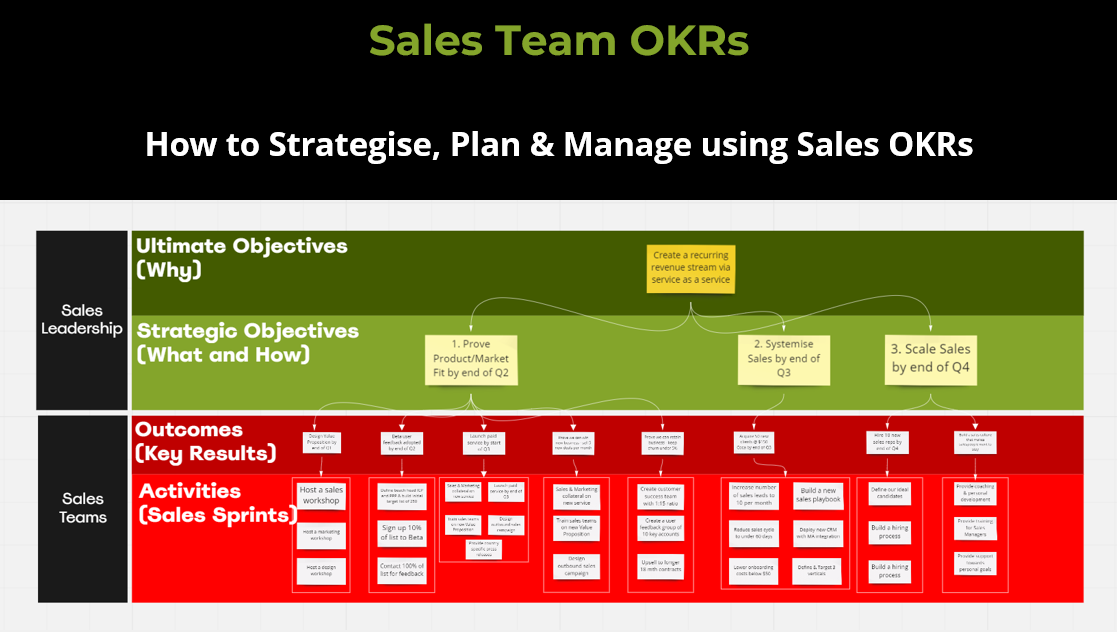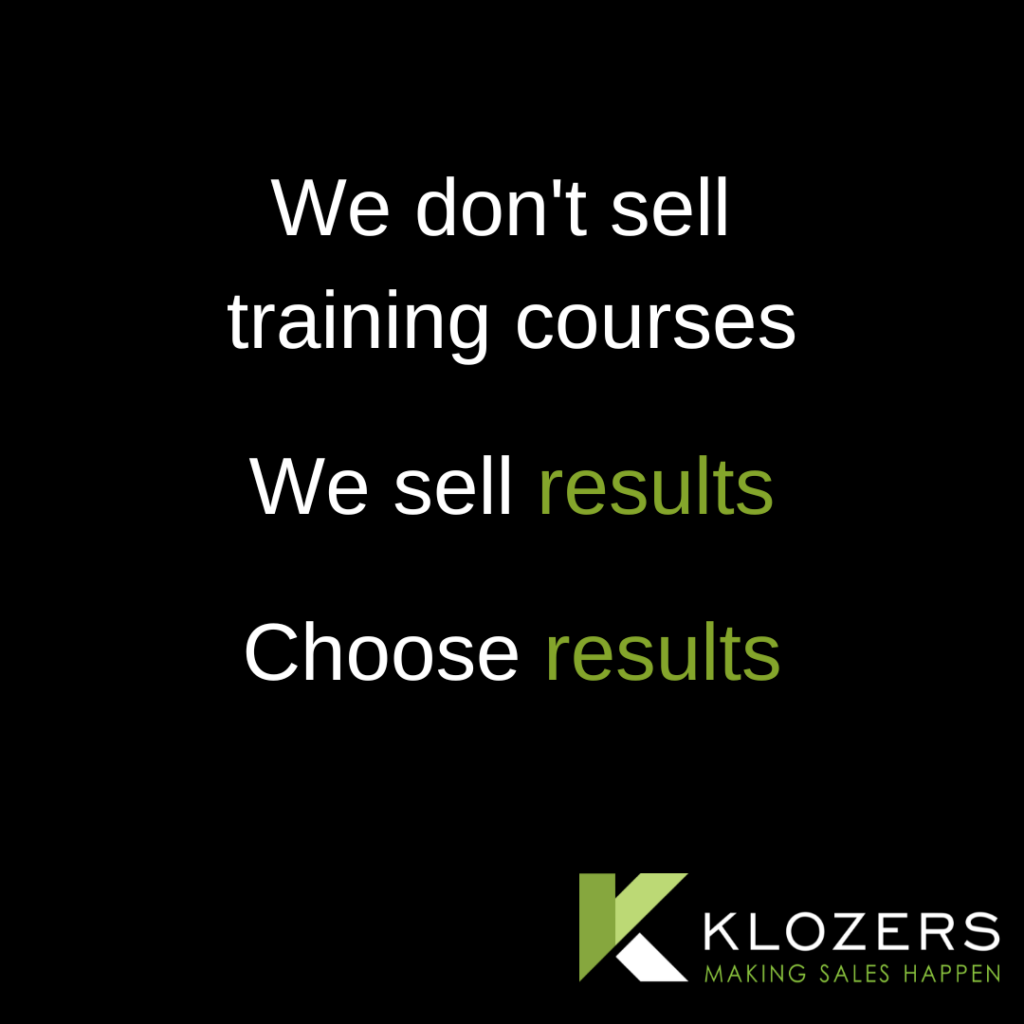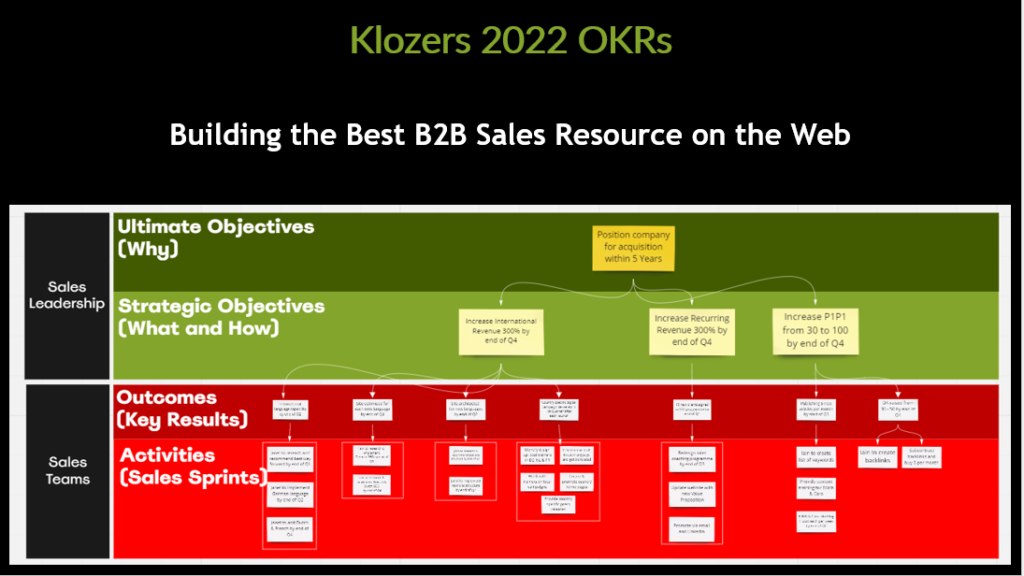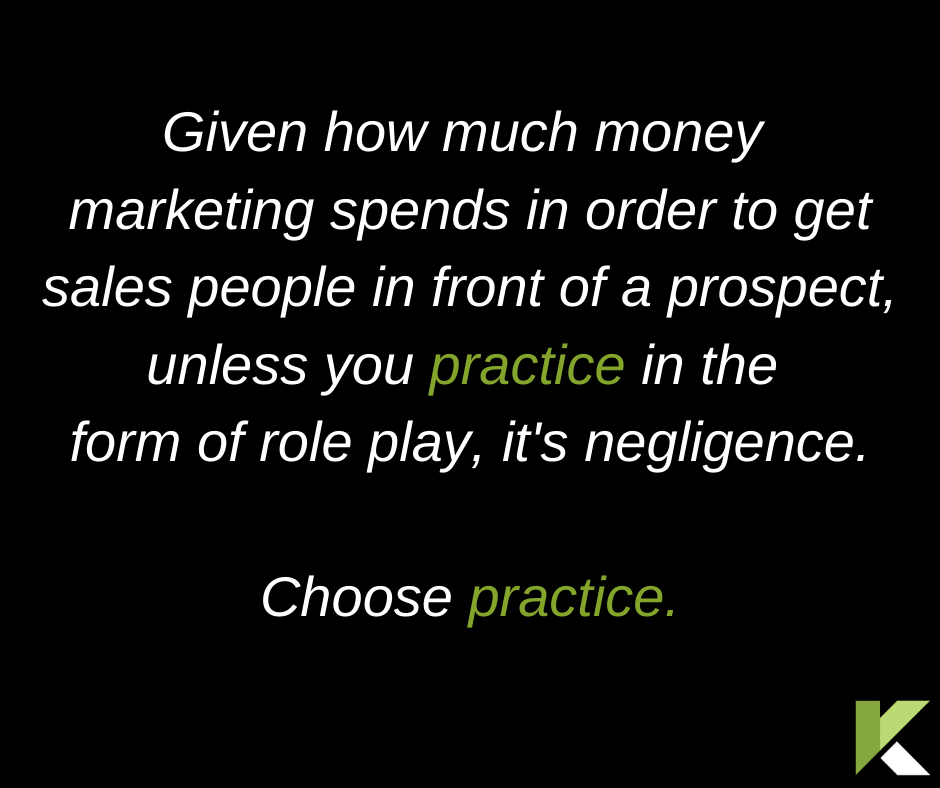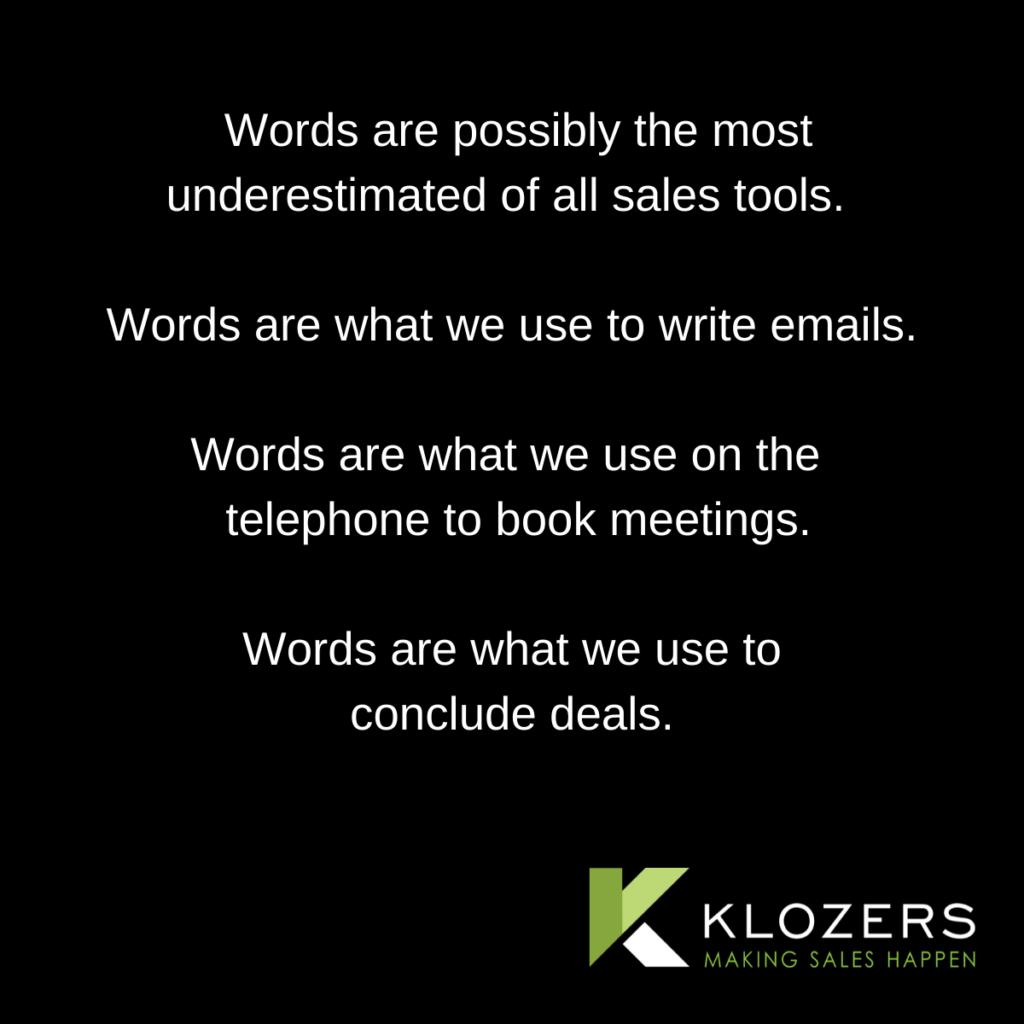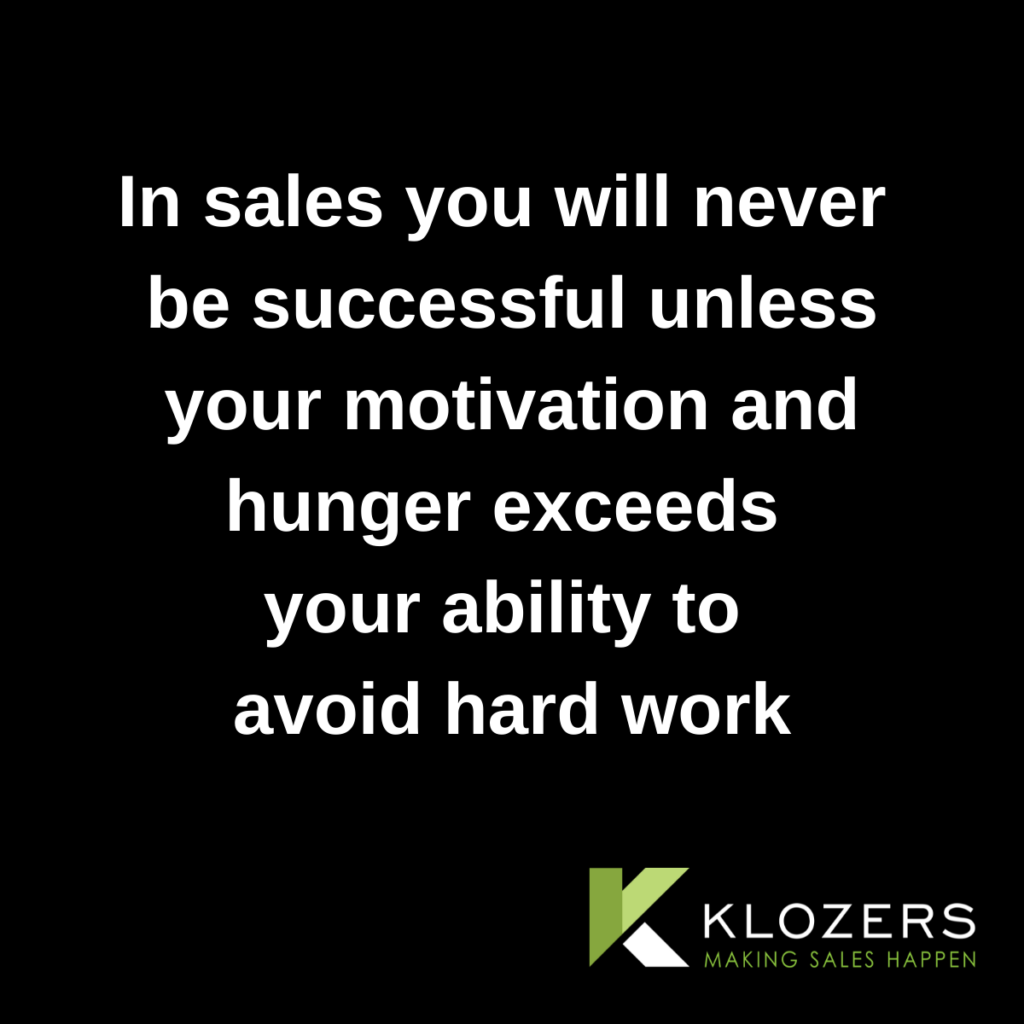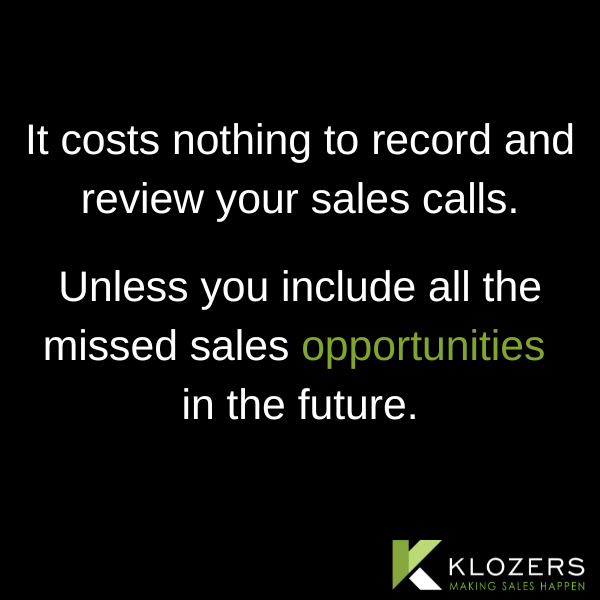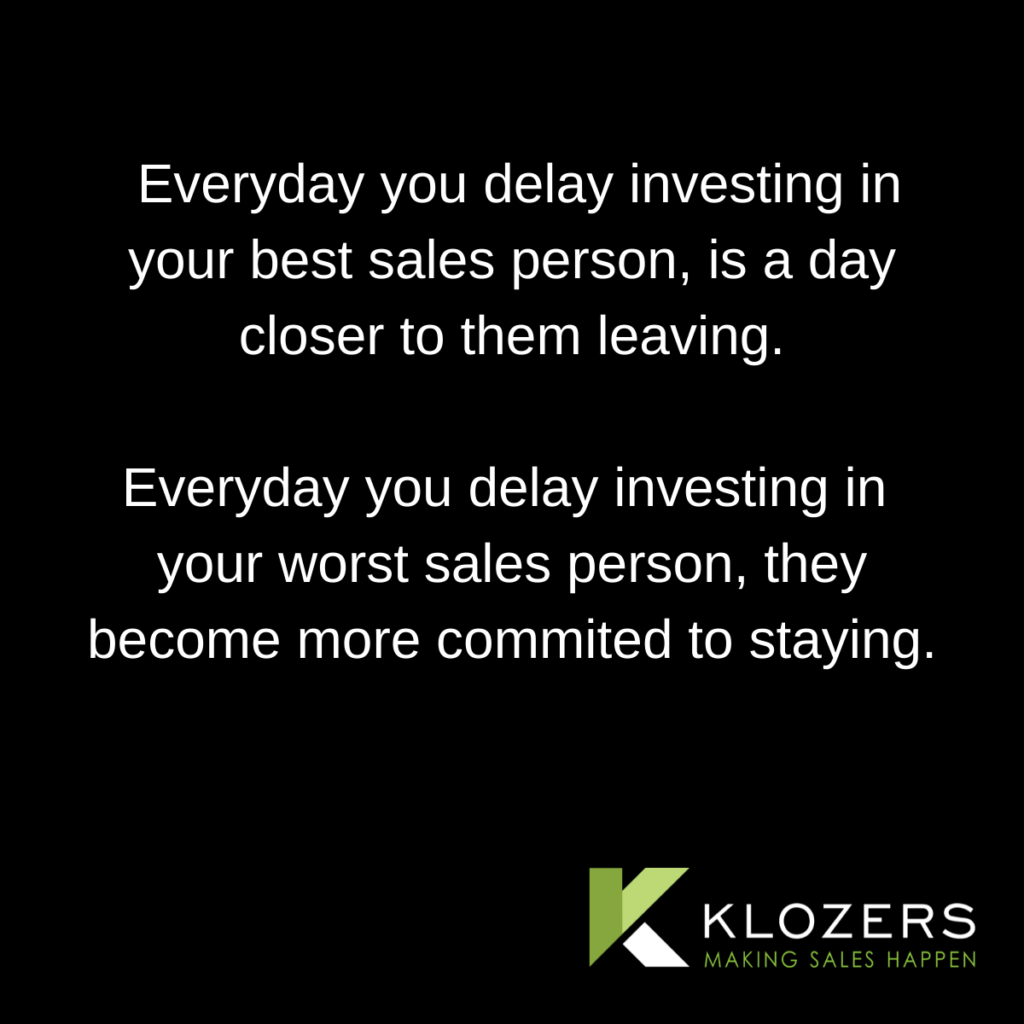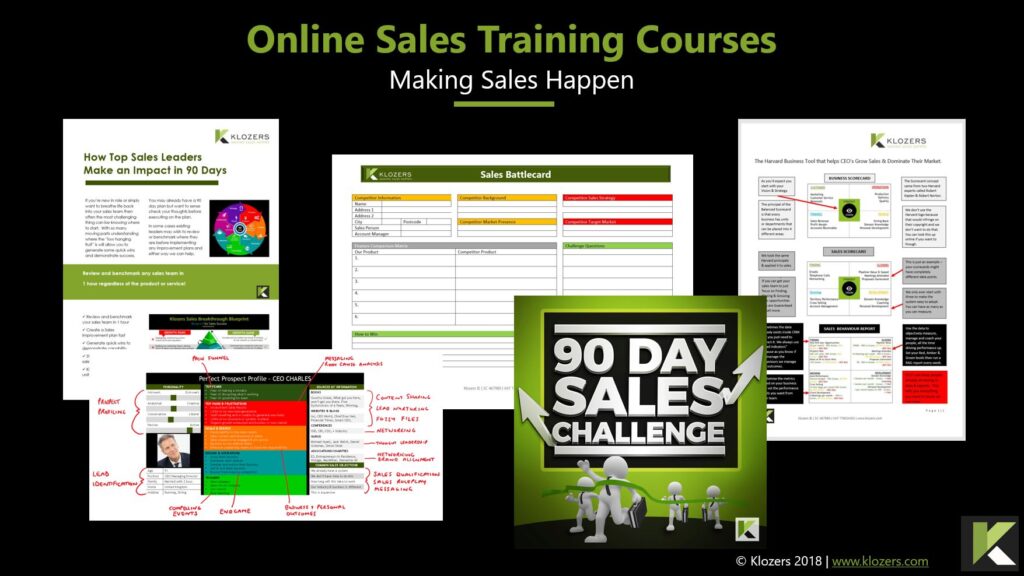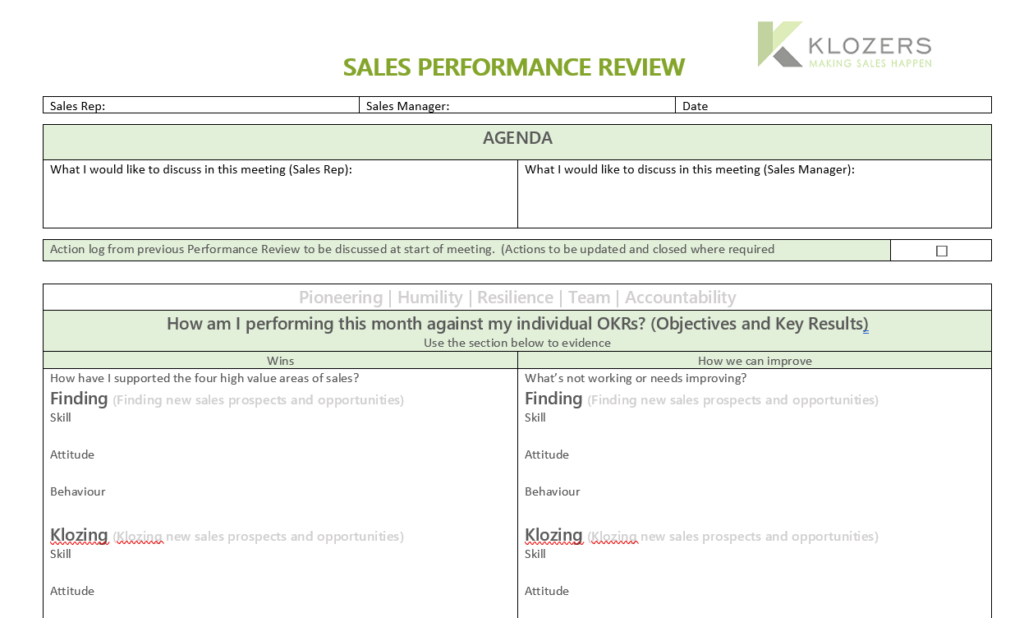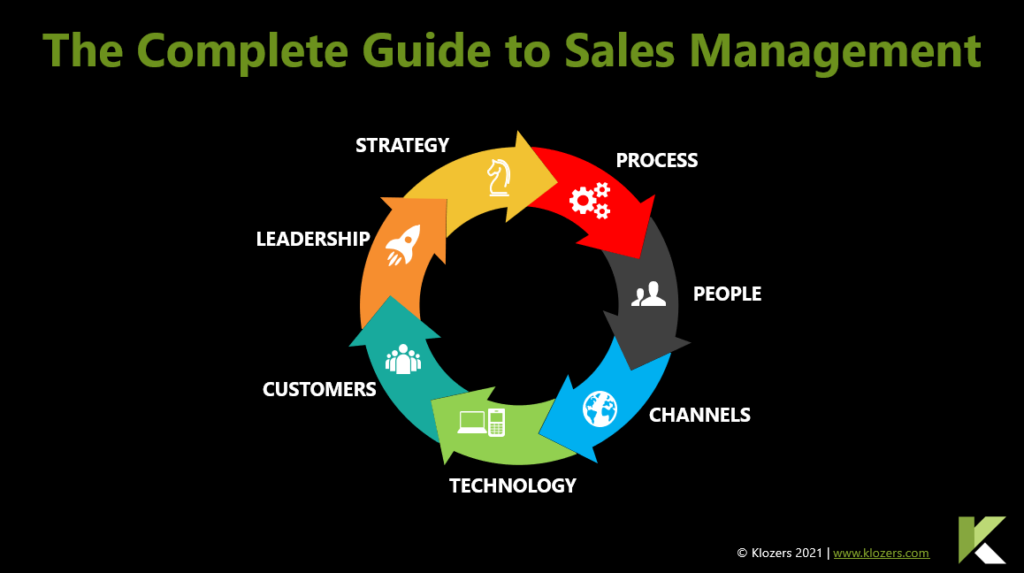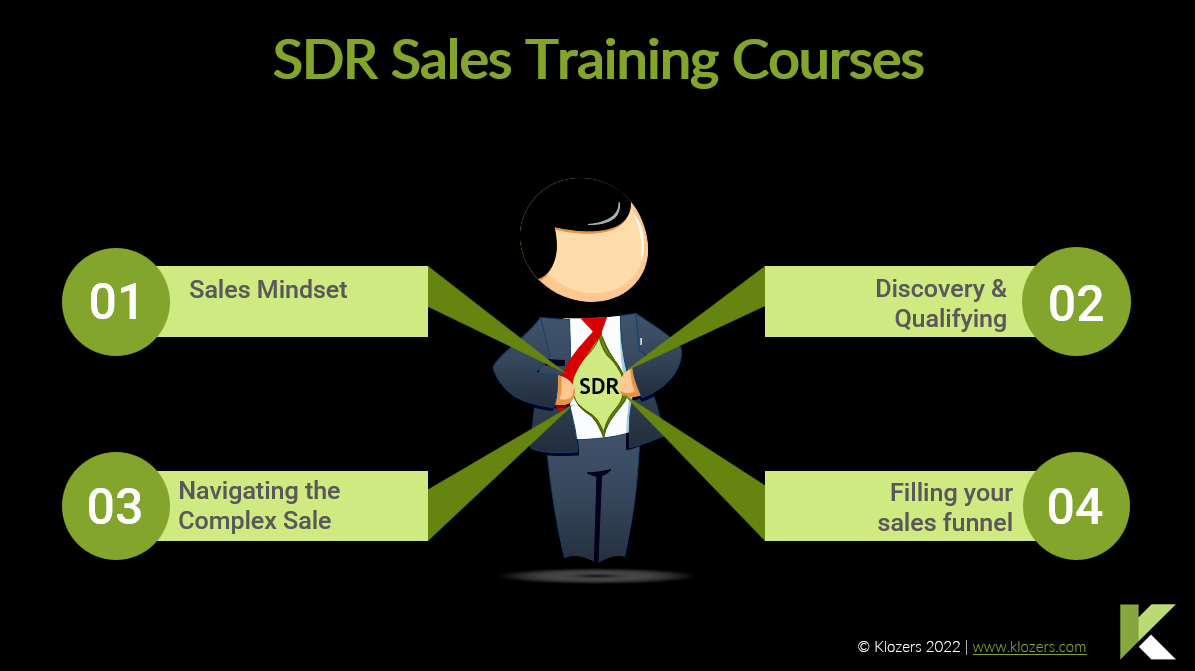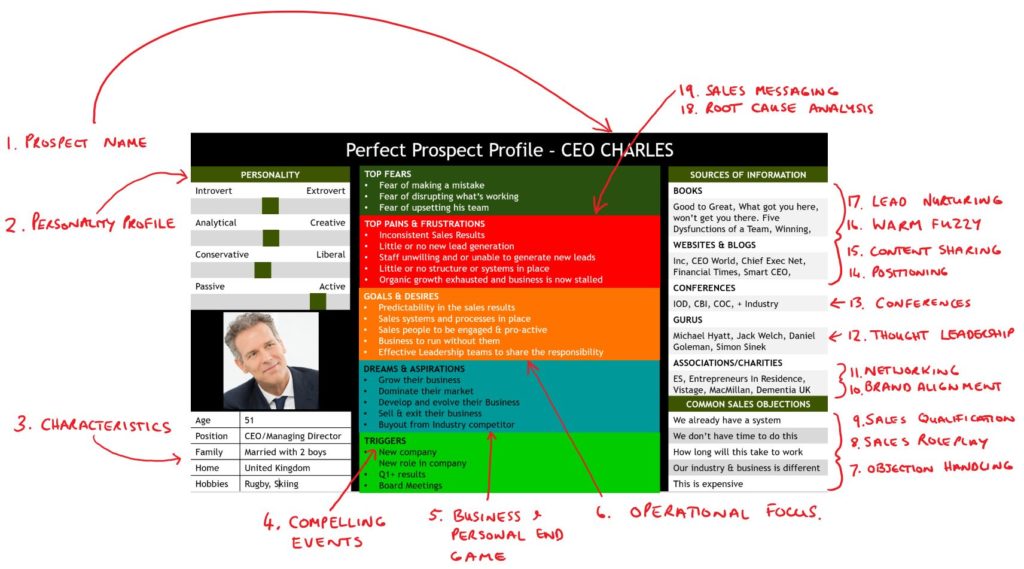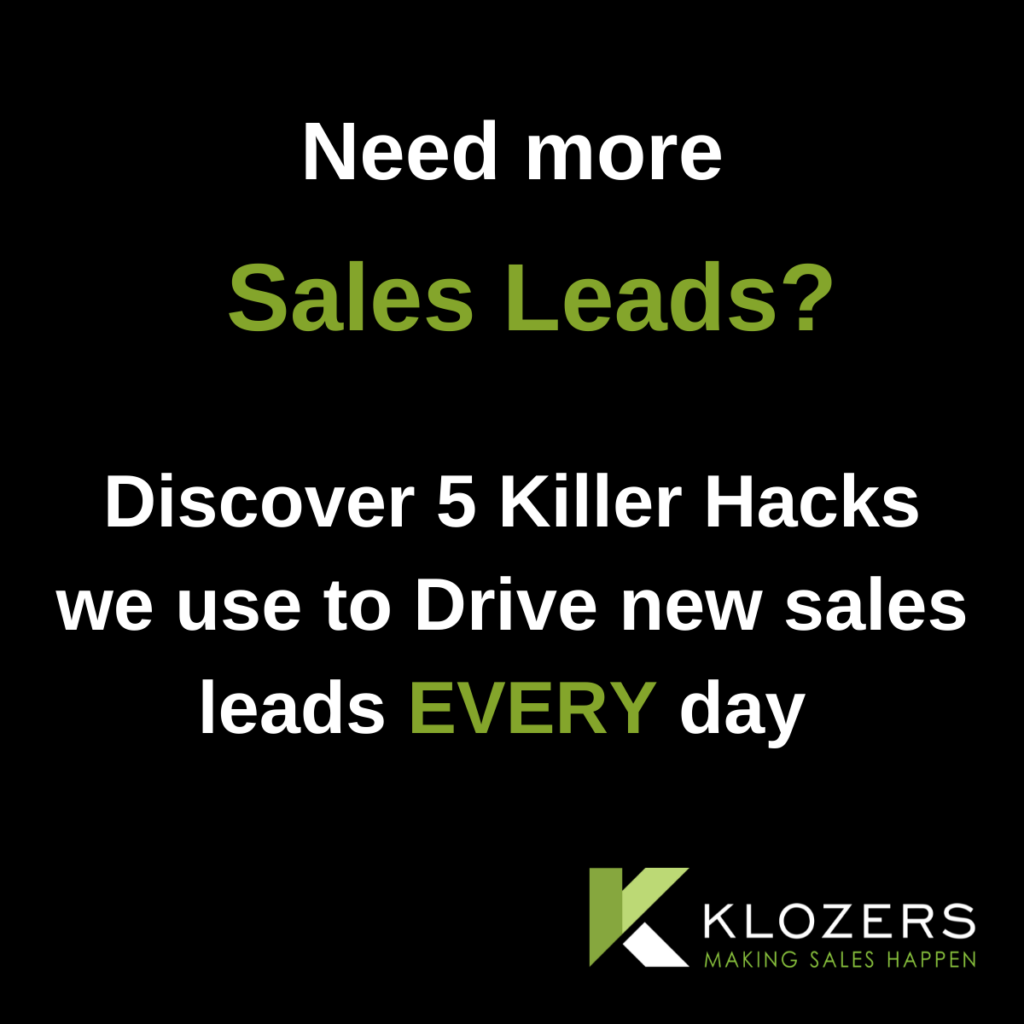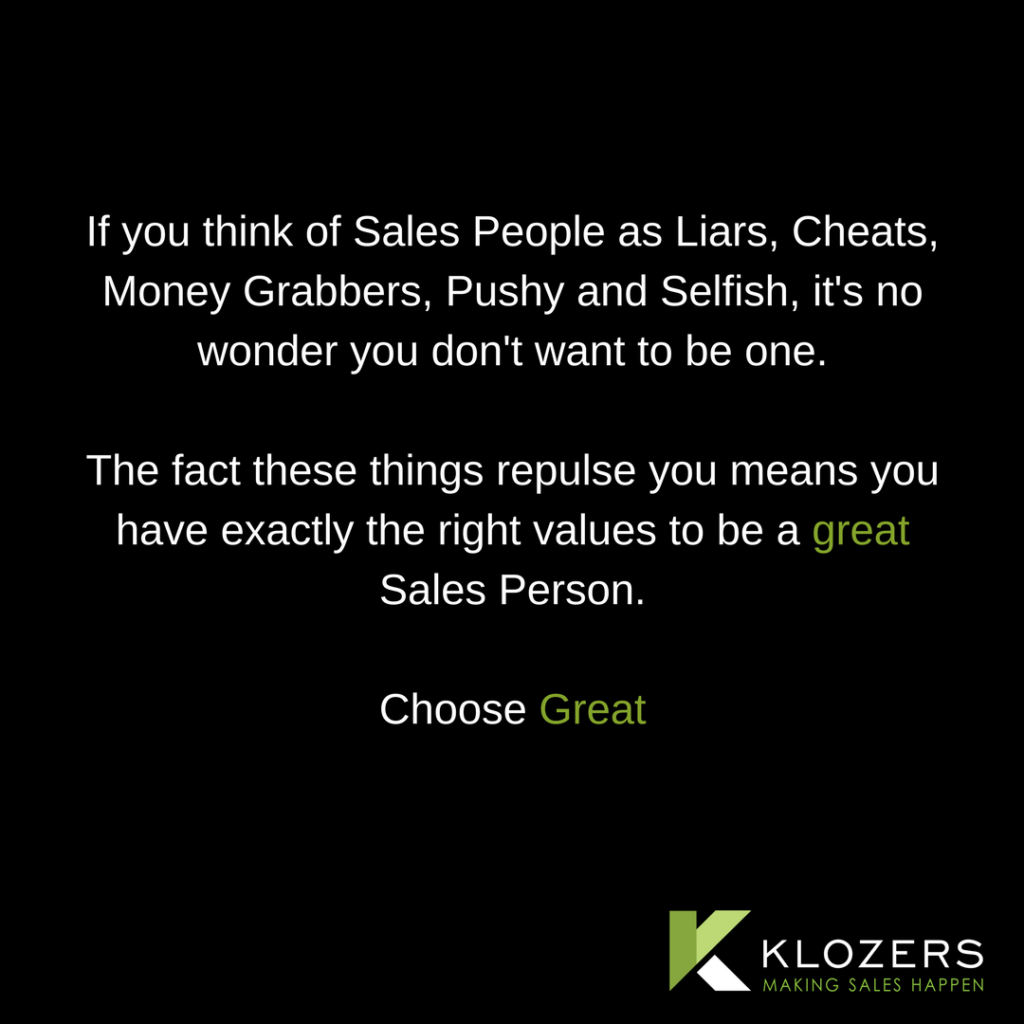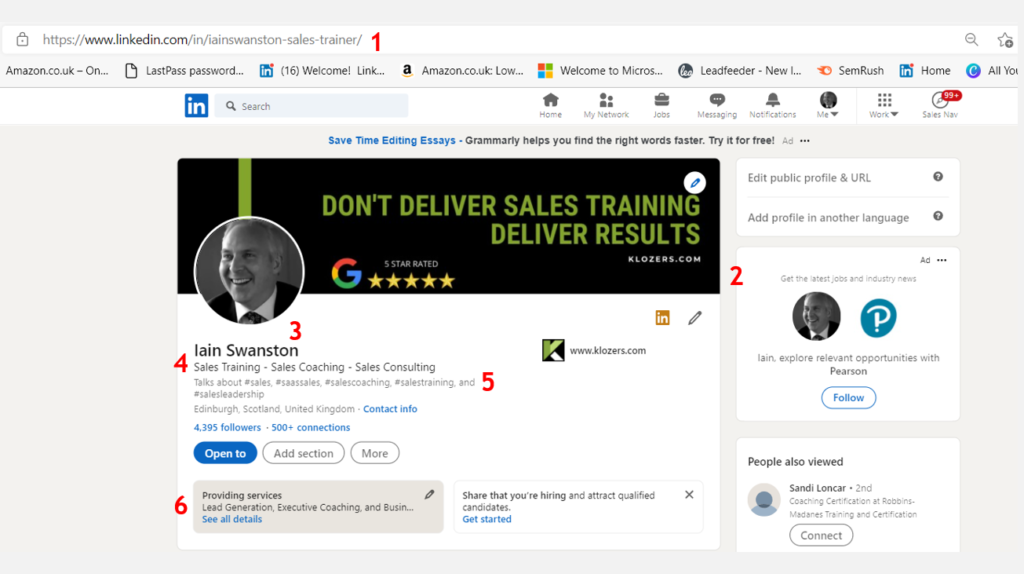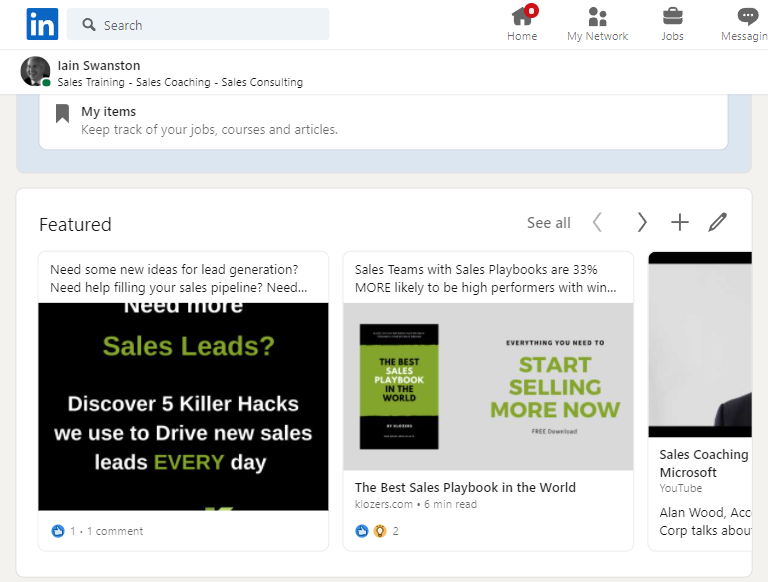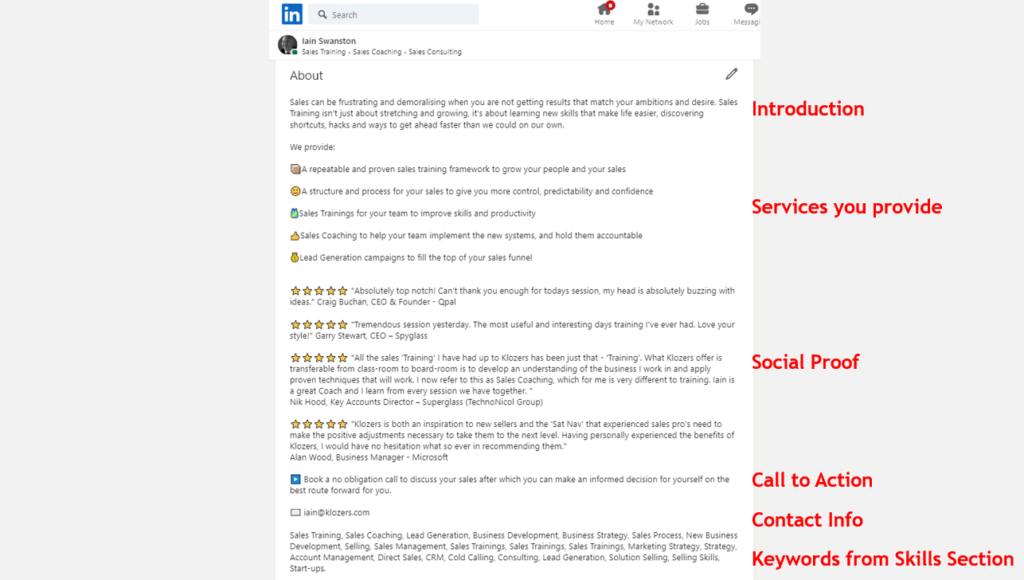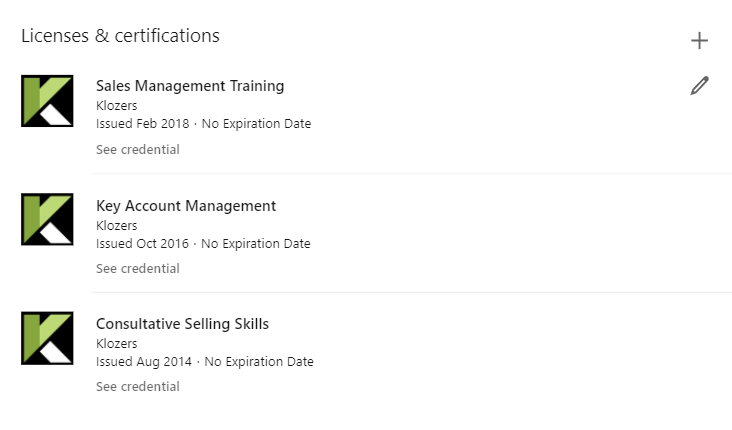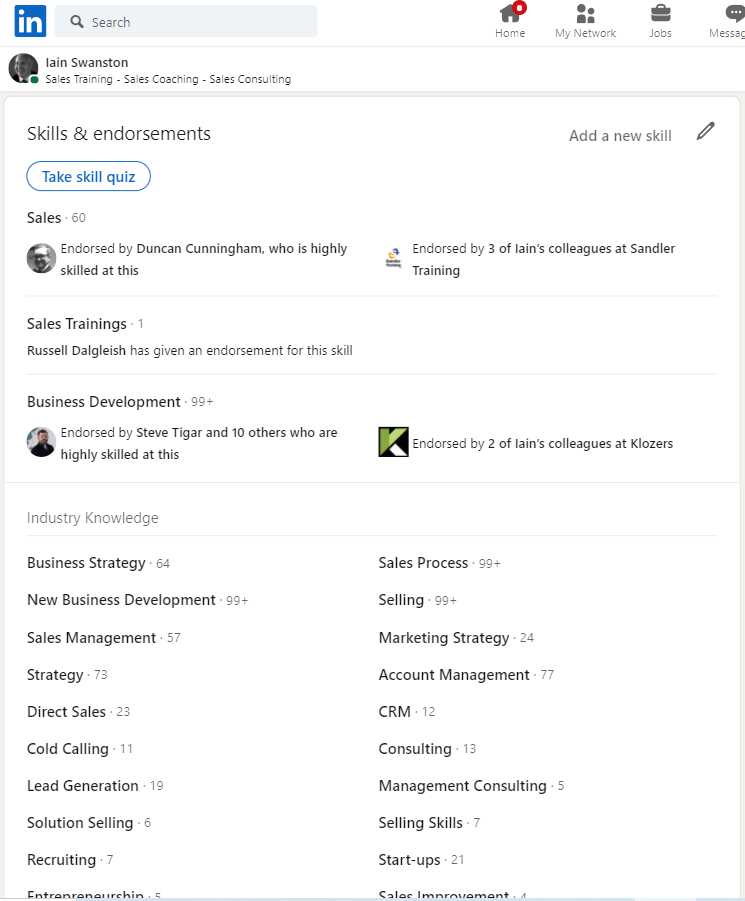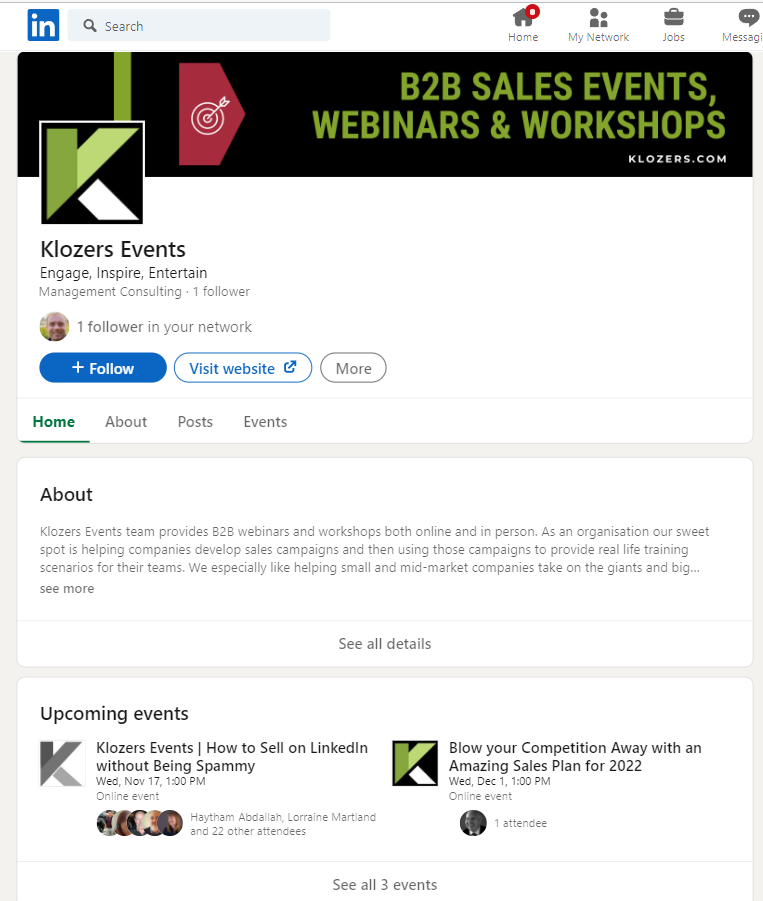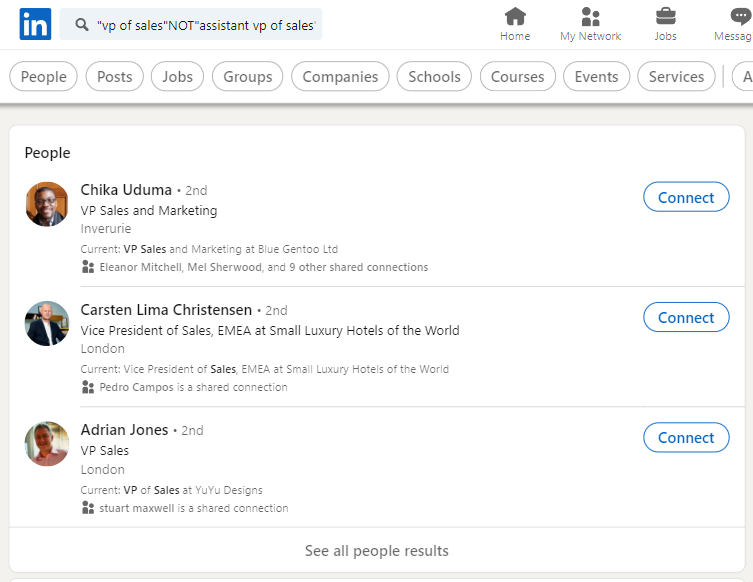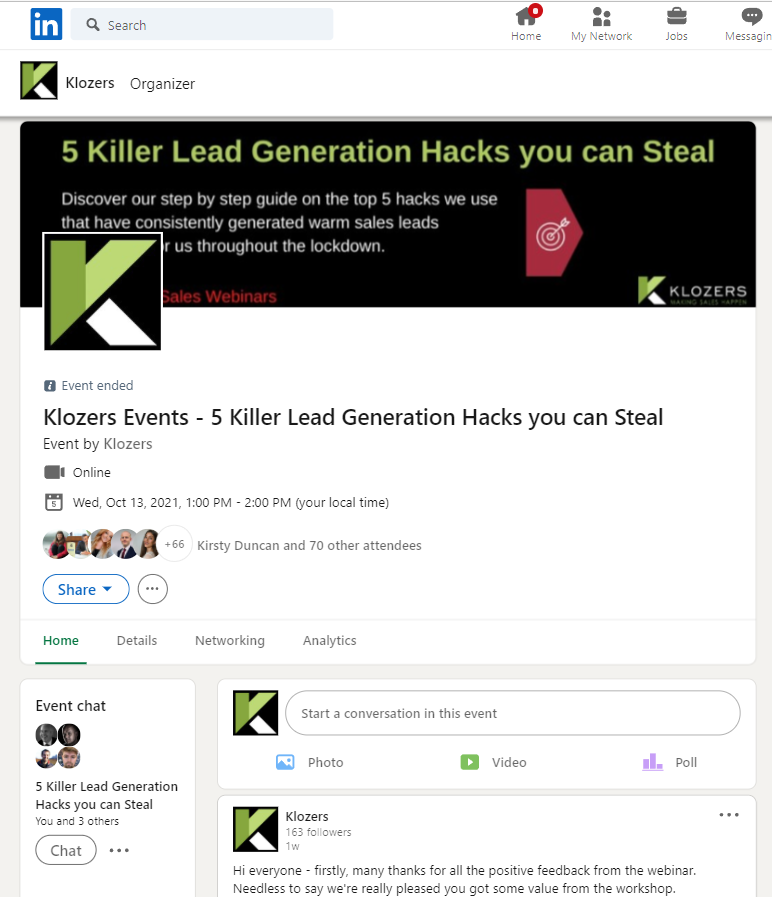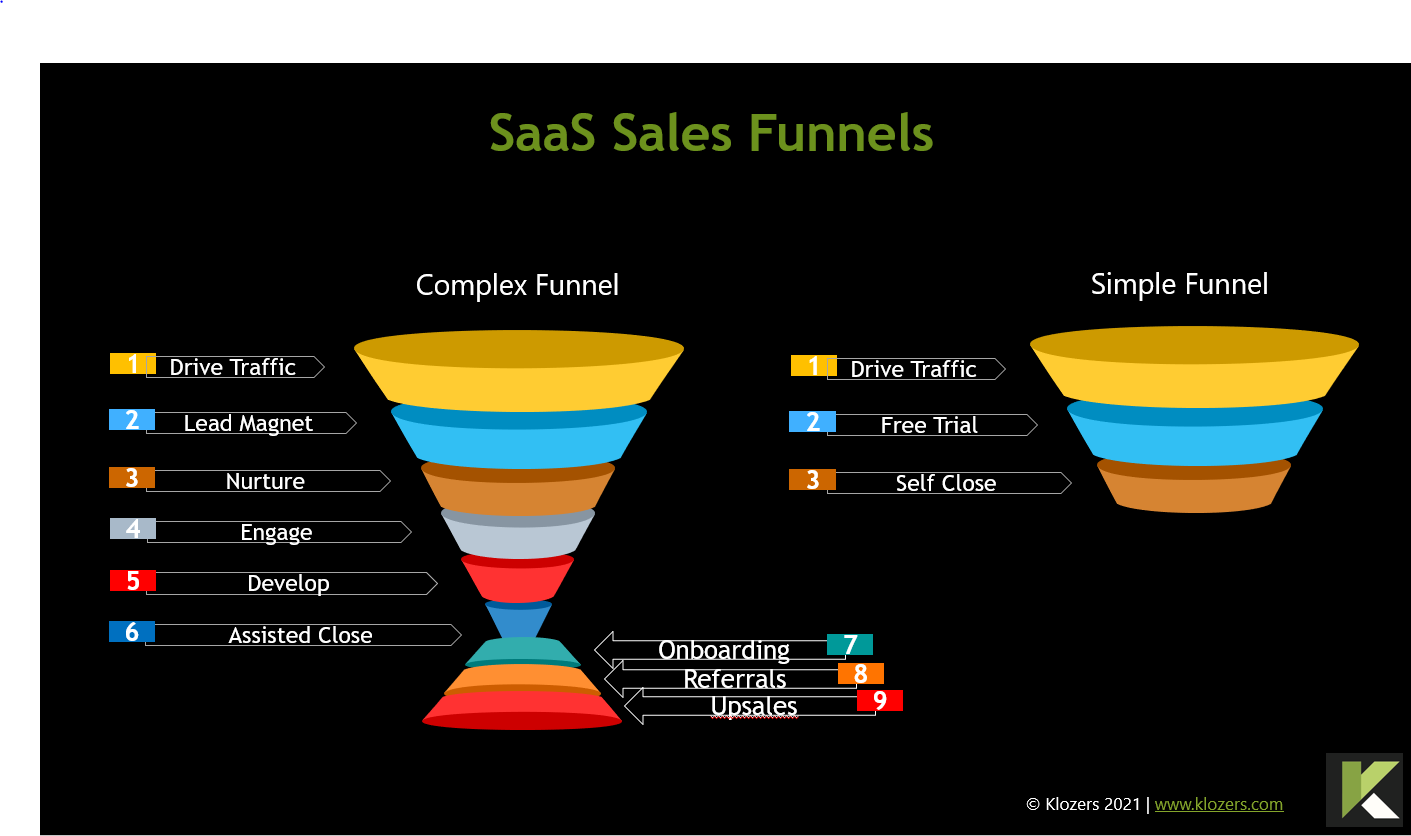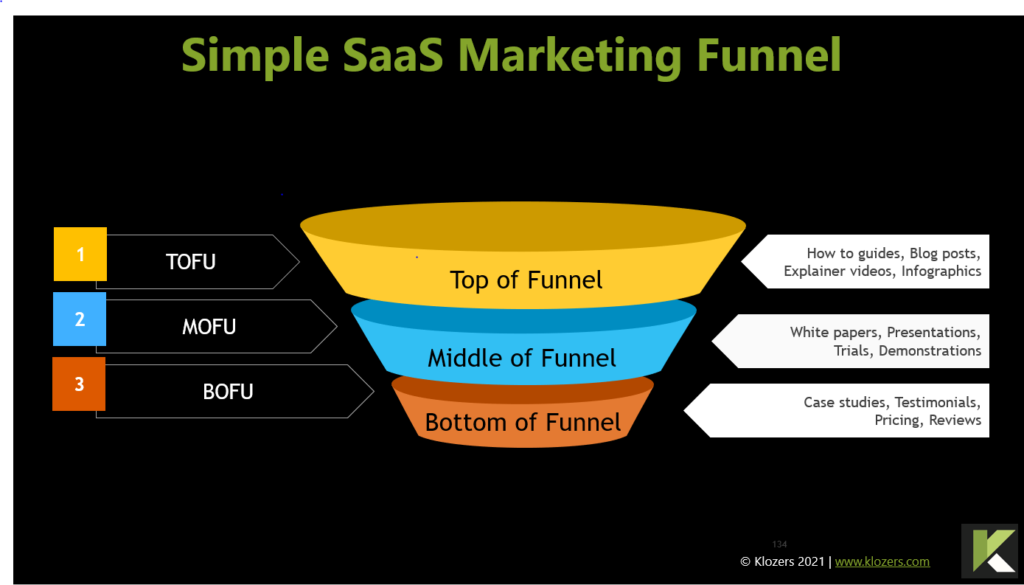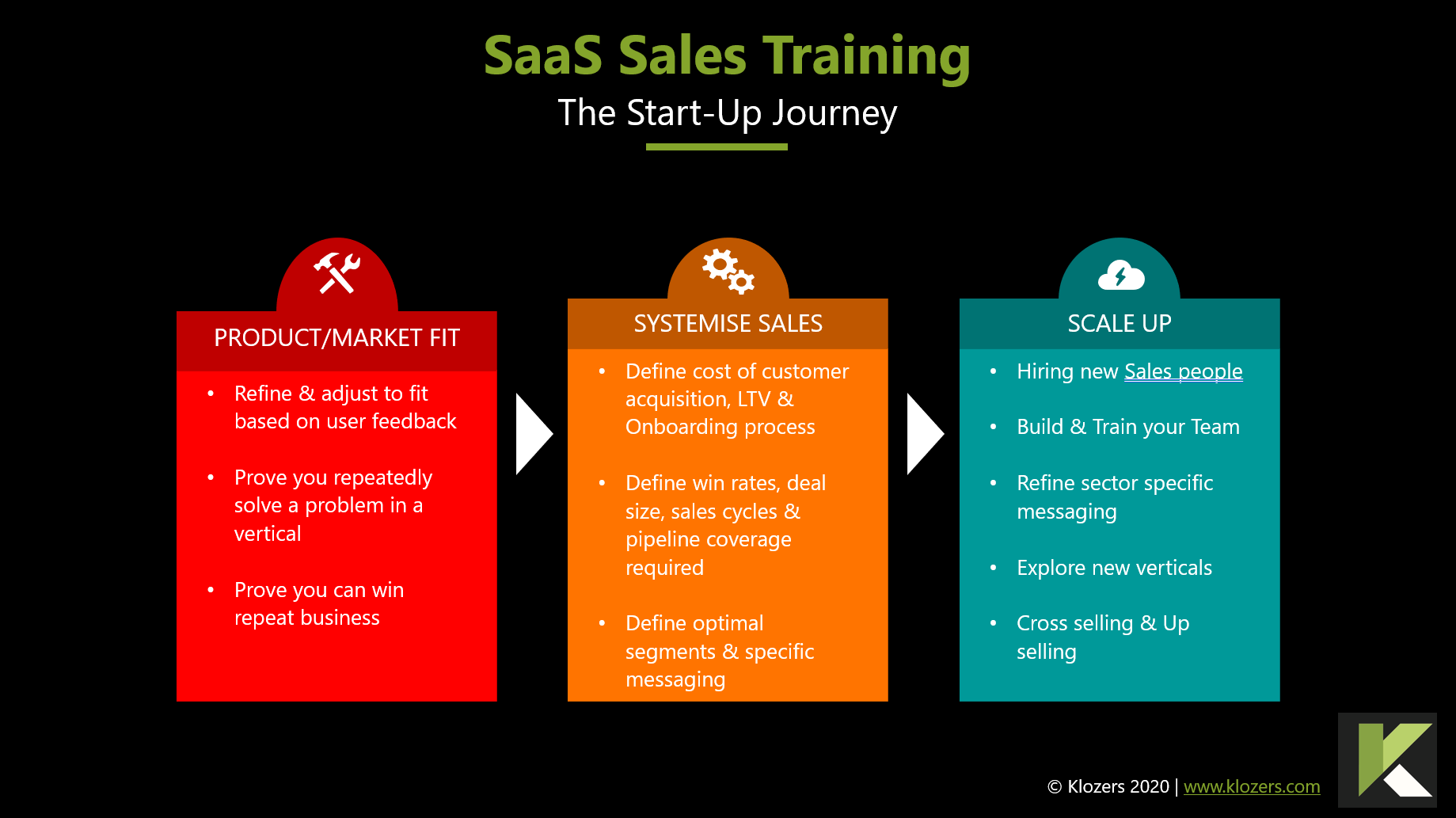Proveedores de formación en ventas - Pregunta principal de Google
¿Cuál es la mejor forma de formar a un equipo de ventas?
La mejor forma de formar a un equipo de ventas dependerá de las necesidades y objetivos específicos de tu organización. Sin embargo, hay algunas estrategias clave que pueden ayudarte a garantizar el éxito de tu programa de formación en ventas.
En primer lugar, es importante identificar las habilidades y conocimientos específicos que necesita tu equipo de ventas para tener éxito. Esto te ayudará a crear un programa de formación que se adapte a las necesidades de tu equipo y se centre en las áreas de mejora más importantes.
Una vez que hayas identificado las habilidades y conocimientos que necesita tu equipo, puedes empezar a desarrollar un programa de formación. Esto podría incluir una mezcla de talleres presenciales, cursos online y formación individual. Es importante crear un programa de formación diverso que incluya una variedad de métodos de aprendizaje, ya que esto ayudará a implicar y motivar a tu equipo.
Otra estrategia clave para formar a un equipo de ventas es proporcionar apoyo y refuerzo continuos. La formación no debe ser un acontecimiento puntual, sino un proceso continuo. Esto debe incluir comprobaciones periódicas con los miembros del equipo, sesiones de formación de seguimiento y formación y apoyo continuos.
En general, la clave del éxito de la formación en ventas es crear un programa personalizado que se adapte a las necesidades de tu equipo y proporcione apoyo y refuerzo continuos. Con el programa de formación adecuado, puedes ayudar a tu equipo de ventas a desarrollar las habilidades y los conocimientos que necesitan para tener éxito.
In this article we will cover...
Hay una nueva forma de hacer crecer las ventas...
No compres Formación en Ventas hasta que hayas visto este vídeo…
1. ¿Cómo puede la formación en ventas mejorar el rendimiento de las ventas?
La formación en ventas puede mejorar el rendimiento de las ventas de varias maneras. En primer lugar, puede ayudar a los vendedores a desarrollar las habilidades y los conocimientos que necesitan para ser eficaces en su trabajo. Esto puede incluir temas de formación en ventas como la comunicación, la creación de relaciones, la negociación, el proceso de venta, las habilidades de venta y el conocimiento del producto. Al desarrollar estas habilidades, los vendedores pueden tener más confianza en sí mismos y ser más eficaces vendiendo, lo que puede mejorar su rendimiento.
La formación en ventas también puede ayudar a los vendedores a mantenerse al día sobre las últimas tendencias y las mejores prácticas en el sector de las ventas. Esto puede ayudarles a utilizar las técnicas y enfoques más eficaces para vender, lo que puede mejorar su rendimiento y ayudarles a cerrar más tratos.
Además, la formación en ventas puede ayudar a los vendedores a mejorar su gestión del tiempo y su capacidad de organización. Esto puede ayudarles a mantenerse centrados y productivos, lo que puede conducir a un mejor rendimiento y a un aumento de las ventas.
En general, la formación en ventas puede mejorar el rendimiento de las ventas ayudando a los vendedores a desarrollar las habilidades y los conocimientos que necesitan para ser eficaces, mantenerse al día de las tendencias del sector y mejorar su capacidad de organización y gestión del tiempo. Impartiendo formación en ventas, puedes ayudar a tu equipo a tener más confianza y ser más eficaz vendiendo, lo que puede mejorar su rendimiento y contribuir al éxito general de tu organización.
2. ¿Son los cursos de formación en ventas la mejor manera de formar a los profesionales de las ventas?
Los cursos de formación en ventas son una forma de formar a los vendedores, pero puede que no sean la mejor opción para todas las organizaciones. La mejor forma de formar a los vendedores dependerá de las necesidades y objetivos específicos de tu organización, así como de las preferencias y estilos de aprendizaje de los miembros de tu equipo.
Los cursos de formación en ventas pueden ser una buena opción para las organizaciones que desean ofrecer una formación completa sobre una amplia gama de temas. Pueden ser una forma especialmente eficaz de formar a nuevos vendedores o a vendedores que acaban de incorporarse a la organización.
Sin embargo, los cursos de formación en ventas pueden llevar mucho tiempo y ser costosos, y puede que no sean la mejor opción para las organizaciones con tiempo y recursos limitados. Además, algunos vendedores pueden considerar que los cursos son menos atractivos e interactivos que otros tipos de formación.
En general, los cursos de formación en ventas pueden ser una forma útil y eficaz de formar a los vendedores, pero puede que no sean la mejor opción para todas las organizaciones. El mejor enfoque dependerá de tus necesidades y objetivos específicos, así como de las preferencias y estilos de aprendizaje de los miembros de tu equipo.
Formas alternativas de impartir formación en ventas
a) El aprendizaje basado en el trabajo es un tipo de educación y formación que tiene lugar en un entorno laboral real. Suele implicar experiencias prácticas de aprendizaje directamente relacionadas con el campo de estudio u ocupación del alumno.
El aprendizaje en el trabajo puede adoptar muchas formas distintas, como reuniones de ventas, campañas de ventas, procesos de ventas y formación en el puesto de trabajo. A menudo implica una combinación de instrucción en el aula con experiencia práctica, con el objetivo de proporcionar a los alumnos las habilidades y conocimientos que necesitan para tener éxito en el campo elegido.
El aprendizaje en el trabajo suele considerarse un valioso complemento de la educación tradicional en el aula, ya que ofrece a los alumnos la oportunidad de aplicar lo que han aprendido en un entorno real y adquirir experiencia práctica. Esto puede ayudarles a desarrollar las habilidades y conocimientos que necesitan para tener éxito en sus carreras.
En general, el aprendizaje basado en el trabajo es muy eficaz, ya que el 70% del aprendizaje consiste en hacer, y el aprendizaje basado en el trabajo minimiza el tiempo de clase y maximiza las tareas prácticas de ventas que tu equipo de ventas haría o debería hacer de todos modos.
b) El Benchmarking de Ventas es un tipo de formación basada en las mejores prácticas existentes en una empresa. Muchos proveedores de formación en ventas abogan por una metodología de ventas específica, lo que a menudo significa que los vendedores tienen que volver a aprender todo su enfoque de ventas.
Esto puede ser relevante si los resultados de ventas de la empresa son muy pobres, pero si el equipo de ventas tiene éxito, perderá mucho tiempo y energía empezando de cero otra vez. Además, es poco probable que los profesionales de ventas con éxito estén motivados para volver a aprenderlo todo cuando ya están alcanzando sus objetivos de ventas.
La evaluación comparativa de las ventas es un proceso en el que una empresa compara la eficacia de las ventas de sus mejores vendedores para identificar las áreas en las que el resto del equipo de ventas puede mejorar. Esta comparación suele hacerse utilizando un conjunto de métricas específicas de la empresa, como las ventas medias por cliente o la tasa de conversión, y puede ayudar a una empresa a identificar los puntos fuertes y débiles de su estrategia y tácticas de ventas.
Una vez establecidas las mejores prácticas dentro de la empresa, ésta puede introducir programas de formación en ventas a medida para el resto de los vendedores, con el fin de que alcancen el nivel de los mejores. Mediante la evaluación comparativa periódica de su rendimiento de ventas, una empresa puede seguir su progreso a lo largo del tiempo y hacer los ajustes necesarios para mejorar su rendimiento general de ventas.
3. Las habilidades de venta más importantes para los vendedores.
Las habilidades de venta más importantes para los comerciales son las necesarias para que tengan éxito en su trabajo. Estas habilidades variarán en función de las necesidades y objetivos específicos de tu organización, pero aquí tienes unas cuantas que suelen considerarse esenciales para los vendedores:
-
Habilidades de comunicación: Los profesionales de las ventas deben ser capaces de comunicarse eficazmente con los clientes, tanto en persona como por escrito. Esto incluye saber escuchar activamente, hacer preguntas poderosas y realizar presentaciones persuasivas.
-
Habilidades para establecer relaciones: El vendedor tiene que ser capaz de construir relaciones sólidas con los clientes y establecer confianza y credibilidad. Esto incluye ser capaz de conectar con los clientes a nivel personal y comprender sus necesidades y preocupaciones.
-
Habilidades de negociación: Los vendedores deben ser capaces de negociar eficazmente con los clientes para cerrar tratos. Esto incluye ser capaz de manejar objeciones y encontrar puntos en común para llegar a acuerdos mutuamente beneficiosos.
-
Conocimiento del producto: Los profesionales de las ventas deben tener un profundo conocimiento de los productos y servicios que venden para responder a las preguntas de los clientes y resolver sus dudas.
-
Gestión del tiempo y organización: Los representantes de ventas deben ser capaces de gestionar su tiempo eficazmente y mantenerse organizados para seguir siendo productivos y cumplir sus objetivos.
Invertir en formación y entrenamiento profesional en habilidades de venta es una parte esencial tanto del rendimiento del personal como de su retención y de la mejora de tus resultados de ventas. Las habilidades enumeradas anteriormente suelen considerarse esenciales para tener éxito en las ventas.

4. ¿Qué importancia tiene la formación en gestión de ventas?
Sí, la formación en gestión de ventas es importante por varias razones. En primer lugar, puede ayudar a los jefes de ventas a desarrollar las habilidades y los conocimientos que necesitan para dirigir y gestionar eficazmente a sus equipos. Esto puede incluir temas de formación en ventas como el liderazgo, el entrenamiento, la comunicación y la gestión del rendimiento de su equipo de ventas.
La formación en gestión de ventas también puede ayudar a los directores de ventas a comprender las últimas tendencias y las mejores prácticas en el sector de las ventas. Esto puede ayudarles a mantenerse al día sobre las últimas técnicas y tecnologías, y a garantizar que sus equipos utilizan los enfoques más eficaces para vender.
Además, la formación en gestión de ventas puede ayudar a los jefes de ventas a aumentar su confianza y mejorar su capacidad para dirigir y motivar a sus equipos. Esto puede ayudarles a crear un entorno de trabajo positivo y solidario, que puede mejorar la moral y el compromiso de los miembros de su equipo.
En general, la formación en gestión de ventas es importante porque puede ayudar a los directores de ventas a desarrollar las habilidades y los conocimientos que necesitan para ser líderes eficaces, mantenerse al día sobre las tendencias y las mejores prácticas del sector, y fomentar la confianza y la motivación entre sus equipos.
5. Personalizar el contenido para los equipos de ventas
Sí, el contenido de la formación en ventas debe personalizarse para los distintos equipos de ventas, como los de ventas internas y los de ventas sobre el terreno. Esto se debe a que los distintos equipos tienen necesidades y objetivos diferentes, y un enfoque único de la formación puede no ser eficaz.
Al personalizar el contenido de la formación en ventas para los distintos equipos, puedes garantizar que el programa de formación en ventas se adapte a sus necesidades y objetivos específicos. Esto puede ayudar a que la formación sea más eficaz y relevante, lo que puede mejorar el rendimiento del equipo y el éxito general.
Personalizar el contenido de la formación en ventas también puede ayudar a implicar y motivar a los miembros del equipo. Si impartes una formación adaptada a sus necesidades e intereses, puedes ayudar a los miembros del equipo a sentirse más conectados con el material y más motivados para aplicar lo que han aprendido.
En general, personalizar el contenido de la formación en ventas para los distintos equipos puede mejorar la eficacia y la relevancia de la formación, y puede ayudar a implicar y motivar a los miembros del equipo. Dedicando tiempo a personalizar el contenido de la formación, puedes ayudar a tus equipos de ventas a desarrollar las habilidades y los conocimientos que necesitan para tener éxito.

6. Cursos de formación en ventas que ofrecemos
Ofrecemos una gama completa de cursos de formación en ventas, pero es importante tener en cuenta que la mayoría de los jefes de ventas exigen ahora contenidos de aprendizaje adaptados a sus necesidades empresariales. Afortunadamente, los días en que la formación era un mero ejercicio de marcar casillas han quedado atrás y los jefes de ventas buscan una formación alineada tanto con sus visiones corporativas como con sus necesidades empresariales.
Cada uno de nuestros cursos de formación consta de varios módulos de aprendizaje. Aunque cada curso de formación en ventas incluye una lista de módulos recomendados, muchos de nuestros clientes optan por intercambiar módulos en función de sus propias necesidades.
Actualmente ofrecemos programas de formación en ventas que abarcan:
Fundamentos de las ventas
Formación en ventas de SaaS
Formación en televenta
Formación en Generación de Contactos B2B
Formación en LinkedIn
Habilidades de venta consultiva
Gestión de cuentas clave
Formación en Negociación de Ventas
Formación en gestión de ventas
Formación en ventas a empresas
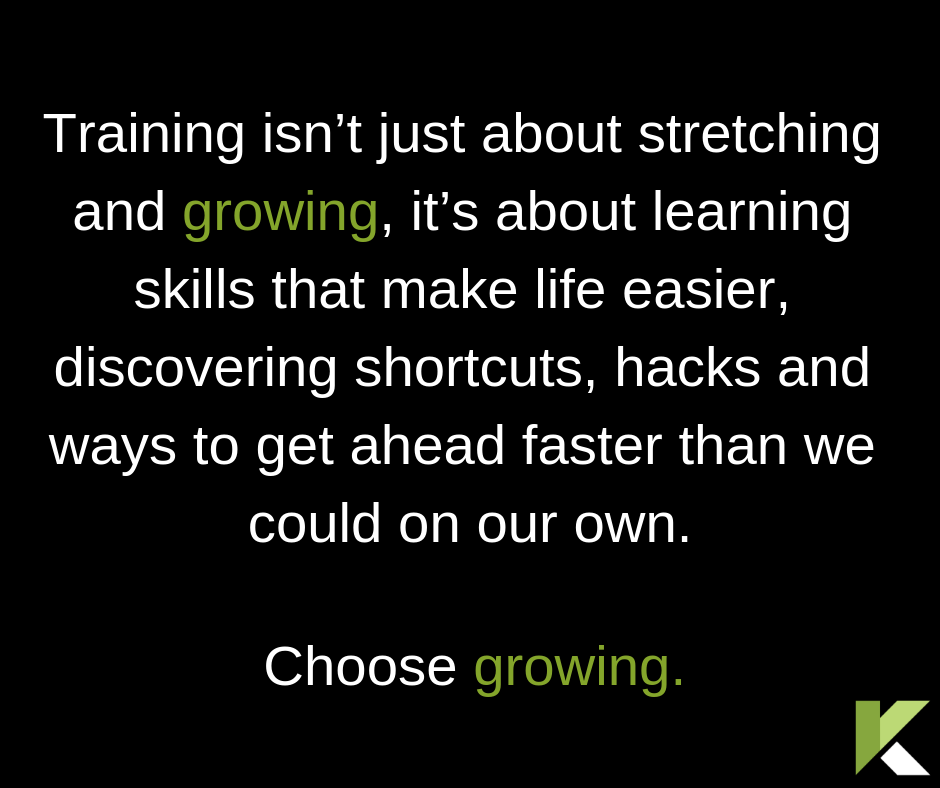
7. ¿Cómo elijo al mejor proveedor de formación en ventas?
Al elegir una empresa de formación en ventas, es importante tener en cuenta varios factores para asegurarte de que seleccionas la mejor empresa para tu organización. Aquí tienes algunos factores clave que debes tener en cuenta:
-
Los conocimientos y la experiencia de la empresa: Las mejores empresas de formación en ventas son las que tienen conocimientos y experiencia en formación y desarrollo de ventas. Busca empresas con un historial probado de éxito y una reputación de impartir formación de alta calidad.
-
Los programas y servicios de formación de la empresa: Los programas y servicios de formación ofrecidos por la empresa deben adaptarse a las necesidades y objetivos específicos de tu organización. Busca una empresa que ofrezca una serie de programas y servicios de formación, como talleres presenciales, cursos online y formación y tutoría individuales.
-
Los facilitadores y formadores de la empresa: Además de proporcionar una entrega atractiva, los facilitadores y formadores de ventas deben tener experiencia y conocimientos en su campo. Busca facilitadores y formadores que tengan un historial probado de éxito en ventas y formación, y que posean las habilidades y la experiencia necesarias para impartir una formación de alta calidad.
-
El coste de la empresa y el servicio al cliente: El coste de los programas y servicios de formación debe ser razonable y competitivo. Busca una empresa que ofrezca precios competitivos y esté dispuesta a trabajar contigo para crear un programa de formación que se ajuste a tu presupuesto y horario. Además, el servicio de atención al cliente de la empresa debe ser receptivo y servicial, y debe poder responder a cualquier pregunta que puedas tener.
En general, al elegir una empresa de formación en ventas, es importante tener en cuenta los conocimientos y la experiencia de la empresa, los programas y servicios de formación, los facilitadores y formadores, y el coste y el servicio al cliente. Si tienes en cuenta estos factores, podrás elegir la mejor empresa de formación en ventas para tu organización.

8. ¿Programas de formación en ventas a medida?
Hay muchos proveedores de formación en ventas entre los que elegir y te agradecemos que hayas pensado en Klozers.
Muchos de nuestros clientes eligen Klozers por una de las tres min razones siguientes:
- Comemos nuestra propia comida para perros. Esto significa que todas las estrategias y tácticas de venta que enseñamos, las utilizamos en nuestro propio negocio. Esto significa que tenemos un profundo conocimiento de lo que funciona y lo que no.
- Formación basada en OKR. Utilizamos OKR, que es un marco de fijación de objetivos empresariales, para conectar cada módulo de aprendizaje con la visión y la estrategia de tu empresa. Esto evita la formación genérica en ventas, que sencillamente no funciona.
- No somos los típicos formadores de ventas corporativas: nos ganamos la vida vendiendo todos los días. Esto incluye generar oportunidades de ventas y nuevos negocios a distancia, desde cualquier parte del mundo.
“Una experiencia de aprendizaje fantástica”
Amanda – Directora de Cuentas





